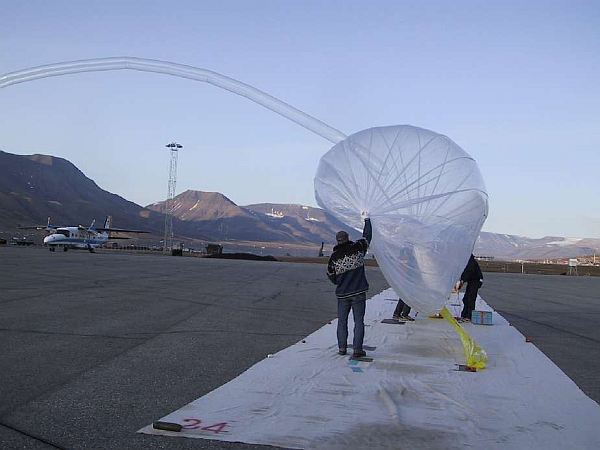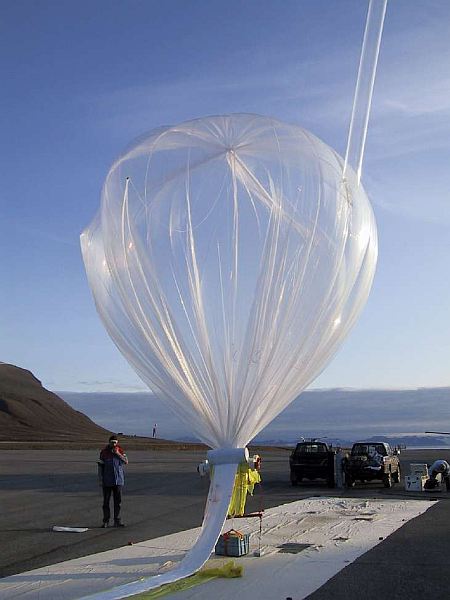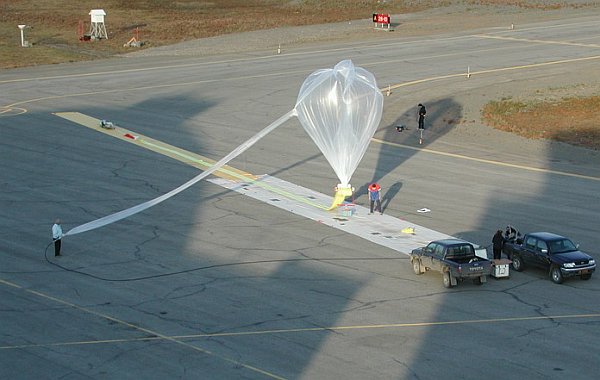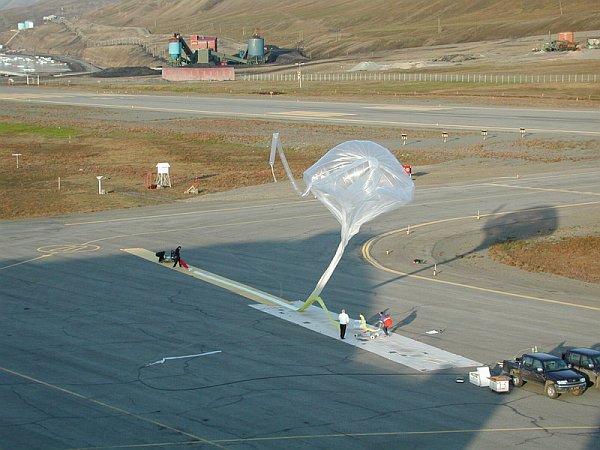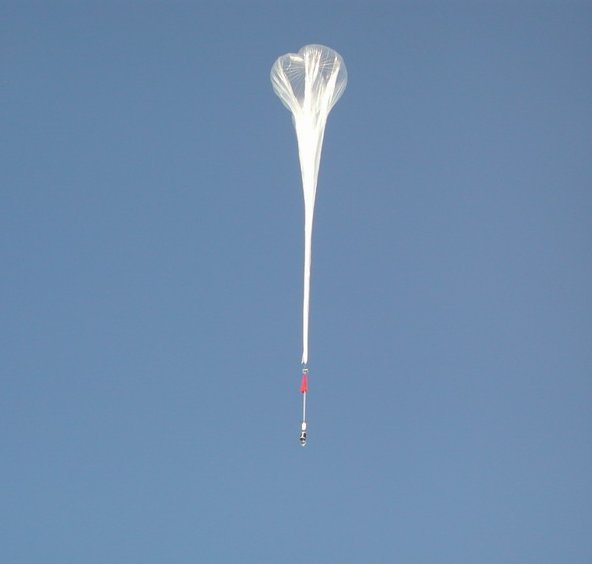Purpose of the flight and payload description
The balloon took part of a campaign designed to prove concept for launching larger Long Duration Balloons (LDB) in the future from Svalbard Islands. As the balloons reached float altitude and circumnavigated the polar region between 78 and 80 deg. N. throught the GPS/ARGOS payload was obtained a trajectory showing the stratospheric circulation pattern of stratospheric winds, diurnal excursions, and potential termination/impact locations for the future LDB flights.
The balloon carried also an Italian built payload called PEGASO (Polar Explorer for Geomagnetism And other Scientific Observations) in the framework of the PNRA program (Antarctic Italian Program) around the northern polar region.
The payload, constructed by National Institute for Geophysics and Volcanology (INGV), was designed for geomagnetism, but supports additional scientific packages, supplying power and collecting data. The built-in scientific instrument is a 3-axis ring-core fluxgate geophysical magnetometer, kept far from the rest of the payload by an aluminum boom. PEGASO includes a GPS system for data localization and uses an Iridium bi-directional Telemetry for data download and flight remote control (ballast release and termination) through a ground station.
The stratospheric balloon carries a secondary tracking system (GPS/Argos transmitter) used to track the balloon payload system along with the Iridium communication package. The float altitude of the balloon is useful for the study of the radial variation of the geomagnetic field. The definition of the magnetic anomalies in the surveyed region will be highly improved, due to the long distances traveled during the flight.
Details of the balloon flight
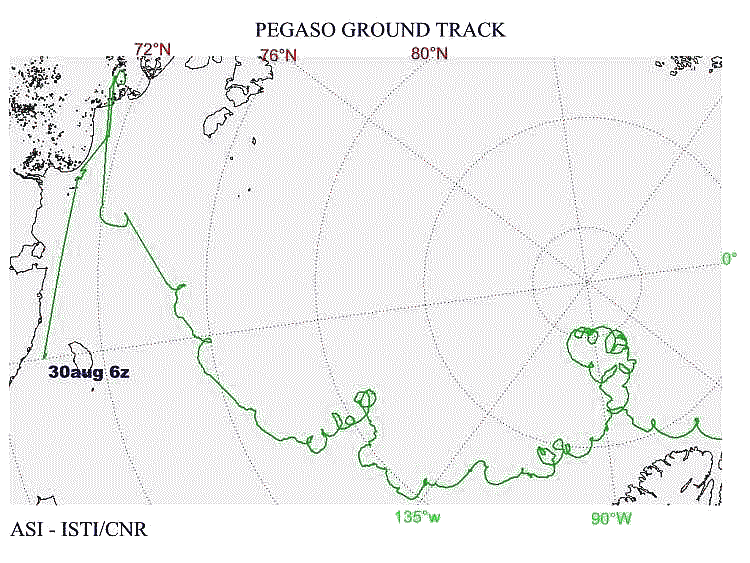
Balloon launched on: 7/24/2004 at 21:33
Launch site: Longyearbyen Airport, Svalbard, Norway
Balloon launched by: ISTAR (International Science Technology And Research)
Balloon manufacturer/size/composition: Zero Pressure Balloon Raven 10.000 m3
Flight identification number: TRAILBLAZER-1
End of flight (L for landing time, W for last contact, otherwise termination time): 8/31/2004
Balloon flight duration (F: time at float only, otherwise total flight time in d:days / h:hours or m:minutes - ): 38 d
Landing site: North of russian federation at coordinates 68º 34' N 164º 19' West
Campaign: Arctic LDB Program Development 2004 designed to prove concept for launching larger Long Duration Balloons (LDB) in the future from Svalbard Islands
The launch of the balloon was acomplished using a hand/dynamic launch method in the evening of July 24th.
After a initial ascent phase the balloon reached float altitude near 34.4 kms without problems, starting a circular fligth path due to the west around the north pole.
After staying at a perfect float for 39 days the ballon started a steady descent and ended his flight somewhere in northern russian federation on August 31 at coordinates 68º 34' North 164º 19' West
External references
- ISTAR Group website of the group that managed the entire launch operation
- New infrastructure and extended scientific possibilities using the sounding rocket facilities at Andøya and Svalbard 17th ESA Symposium on European Rocket and Balloon Programmes and Related Research, 30 May - 2 June 2005, Sandefjord, Norway
- PEGASO: An ultra light long duration stratospheric payload for polar regions flights Advances in Space Research, Volume 42, Issue 10, p. 1633-1640
- PEGASO: long duration balloons from north pole XVIII Congresso Nazionale AIDAA
- Ultralight to heavy long duration balloon development from Svalbard, Norway 17th ESA Symposium on European Rocket and Balloon Programmes and Related Research, 30 May - 2 June 2005, Sandefjord, Norway
1514If you consider this website interesting or useful, you can help me to keep it up and running with a small donation to cover the operational costs. Just the equivalent of the price of a cup of coffee helps a lot.

